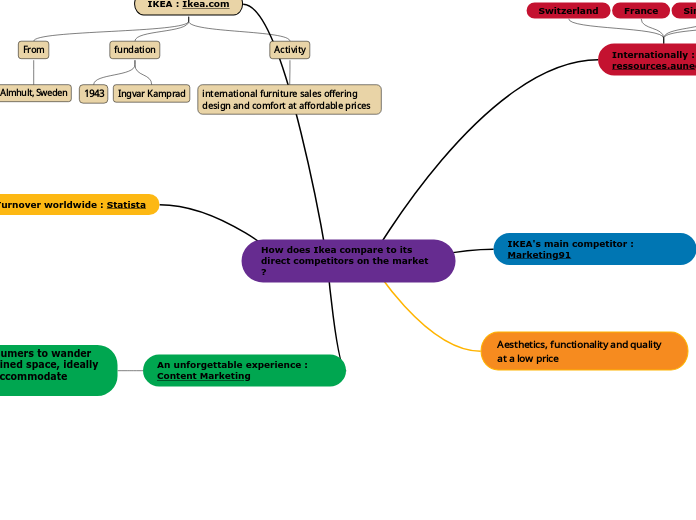von Rene' Grech Vor 12 Jahren
919
F3 - Design Process (Electronics)
The design process for electronics includes developing specifications that address both aesthetics and functionality. Key specifications include safe operation, sensitivity to pressure, vibration, and tilt, and a strong attachment to the floor or base.









